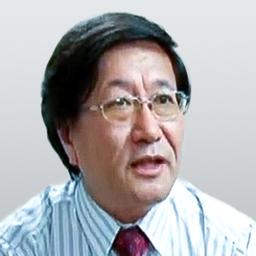Commentary
A new cold war, initiated recently by the Chinese regime against the United States, has many similarities with the one launched by the former Soviet Union, but there is also a key difference.


A new cold war, initiated recently by the Chinese regime against the United States, has many similarities with the one launched by the former Soviet Union, but there is also a key difference.